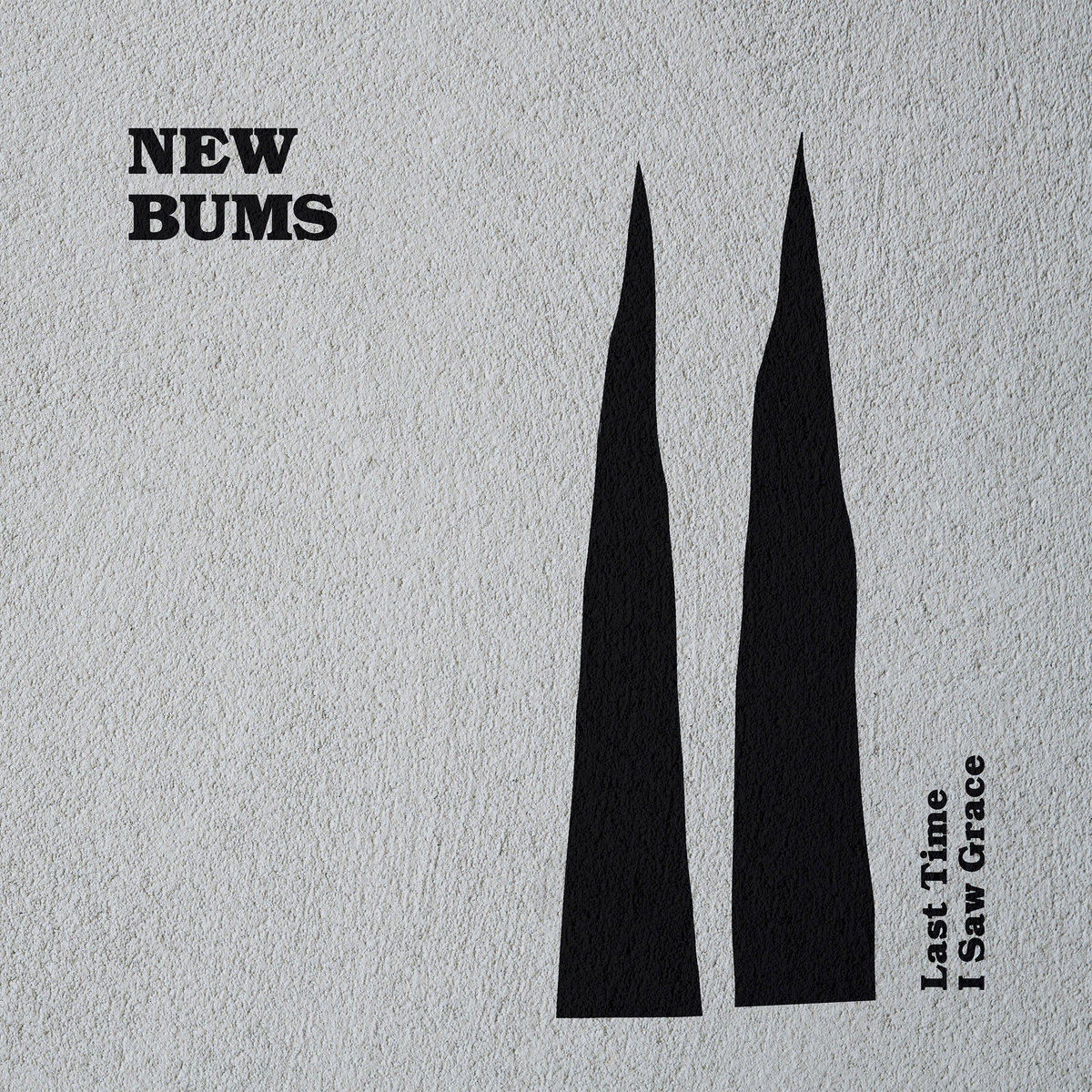 Friends Ben Chasny (Six Organs Of Admittance) and Donovan Quinn (Skygreen Leopards) are fans of each other's work, and so in 2014, they decided to work together out of their respective projects. Last Time I Saw Grace is the second long-player from their union. The latest from the two maintains the feel of the one-take sound of 2014's Voices in a Rented Room with the addition of a rich layering of instrumentation, affording a more lavish sound. All of the lyrical wit from the first album is present, and the emotional intensity of dual acoustic guitars in glorious interplay soars to new heights.
Friends Ben Chasny (Six Organs Of Admittance) and Donovan Quinn (Skygreen Leopards) are fans of each other's work, and so in 2014, they decided to work together out of their respective projects. Last Time I Saw Grace is the second long-player from their union. The latest from the two maintains the feel of the one-take sound of 2014's Voices in a Rented Room with the addition of a rich layering of instrumentation, affording a more lavish sound. All of the lyrical wit from the first album is present, and the emotional intensity of dual acoustic guitars in glorious interplay soars to new heights.
Chasney and Quinn are two incredibly talented musicians that know the strength of memorable melody. Quinn's lyrical prowess strengthens the power of the emotional exchange of these two highly proficient guitarists. The album wastes no time in showcasing their muscle, launching with "Billy, God Damn," striking first with slide guitar while Quinn lines up his lyrical attack: "Billy, it's a god damn shame / the strain on our bodies / the stains on our name." "Marlene Left California" is undoubtedly a song Dylan wishes he had written, a story of four people—including the author—tied together in disparate ways, all lost and floundering to find direction. Word to Al Stewart: get busy on a cover of "Onward to Devastation." There is plenty of dark gallows humor within, lightened by lyrical playfulness ("Cover Band") and jangle ("Obliteration Time," "Tune to Graffiti"). I would urge listeners that appreciate bluesy folk, outsider acoustic singer-songwriters a la Robyn Hitchcock, and dual guitarists to give this a listen.
Samples can be found here.



 In 2017, C-Schulz’s late '80s-early '90s work was compiled in this mesmerizing album. Barely in his twenties, Schulz created some genre-defying music which, although clearly located between the kosmische music of 1970s Germany and early techno-electronica, resists easy classification or dating. The compilation is impossible to become bored with since it is memorable and satisfying yet so unpredictable that it is strangely difficult to recall the atmosphere and pace of individual tracks. This sprawling array of shifting sounds can perhaps be understood as the equivalent of a classic neuroscience memory test where the subject tries to recall 20 unrelated items after they have been covered by a cloth. I remember a Dada collage, industrial rhythms, a tiny piece of acid funk, library musique-concrete, heavy breathing, carbonated liquid cracking ice cubes, galloping static and clattering train tracks, looped chanting, economic radio news chatter, giggling children, a growling beast, a racing heart beat, poignant brass and synth tones.
In 2017, C-Schulz’s late '80s-early '90s work was compiled in this mesmerizing album. Barely in his twenties, Schulz created some genre-defying music which, although clearly located between the kosmische music of 1970s Germany and early techno-electronica, resists easy classification or dating. The compilation is impossible to become bored with since it is memorable and satisfying yet so unpredictable that it is strangely difficult to recall the atmosphere and pace of individual tracks. This sprawling array of shifting sounds can perhaps be understood as the equivalent of a classic neuroscience memory test where the subject tries to recall 20 unrelated items after they have been covered by a cloth. I remember a Dada collage, industrial rhythms, a tiny piece of acid funk, library musique-concrete, heavy breathing, carbonated liquid cracking ice cubes, galloping static and clattering train tracks, looped chanting, economic radio news chatter, giggling children, a growling beast, a racing heart beat, poignant brass and synth tones. 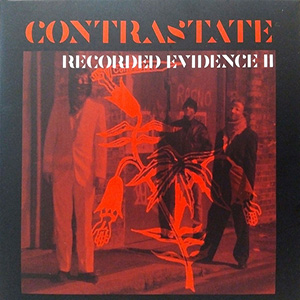 Active for over 30 years, with a 10 year break in the middle, Contrastate’s idiosyncratic take on challenging, industrial tinged music has certainly changed and evolved through the years, as this compilation indicates. What has not changed though, is a dark sarcasm that injects just the right amount of absurdity into their otherwise dour works. Collecting various singles, compilation pieces, and unreleased material onto one CD, it makes for an excellent career overview.
Active for over 30 years, with a 10 year break in the middle, Contrastate’s idiosyncratic take on challenging, industrial tinged music has certainly changed and evolved through the years, as this compilation indicates. What has not changed though, is a dark sarcasm that injects just the right amount of absurdity into their otherwise dour works. Collecting various singles, compilation pieces, and unreleased material onto one CD, it makes for an excellent career overview.

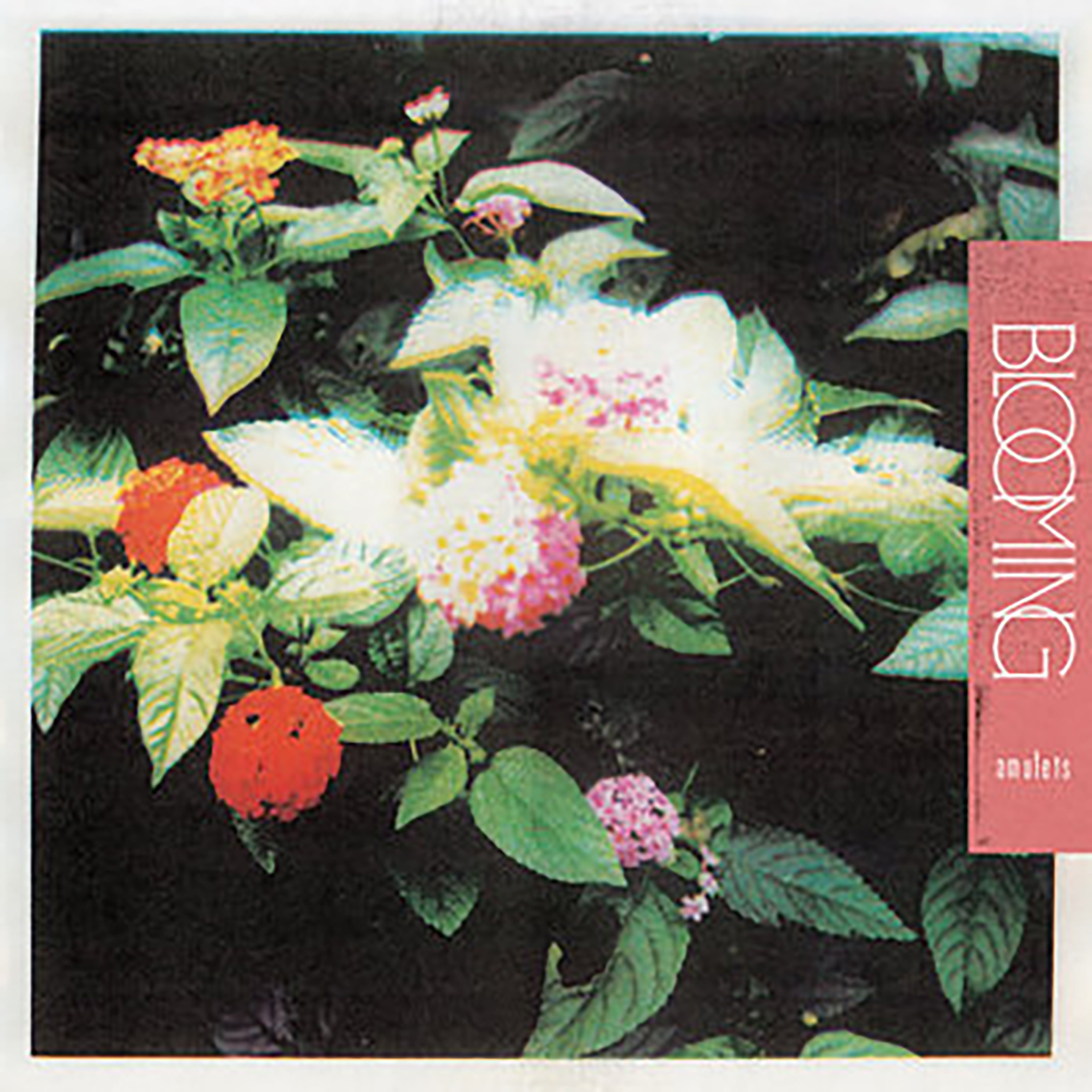
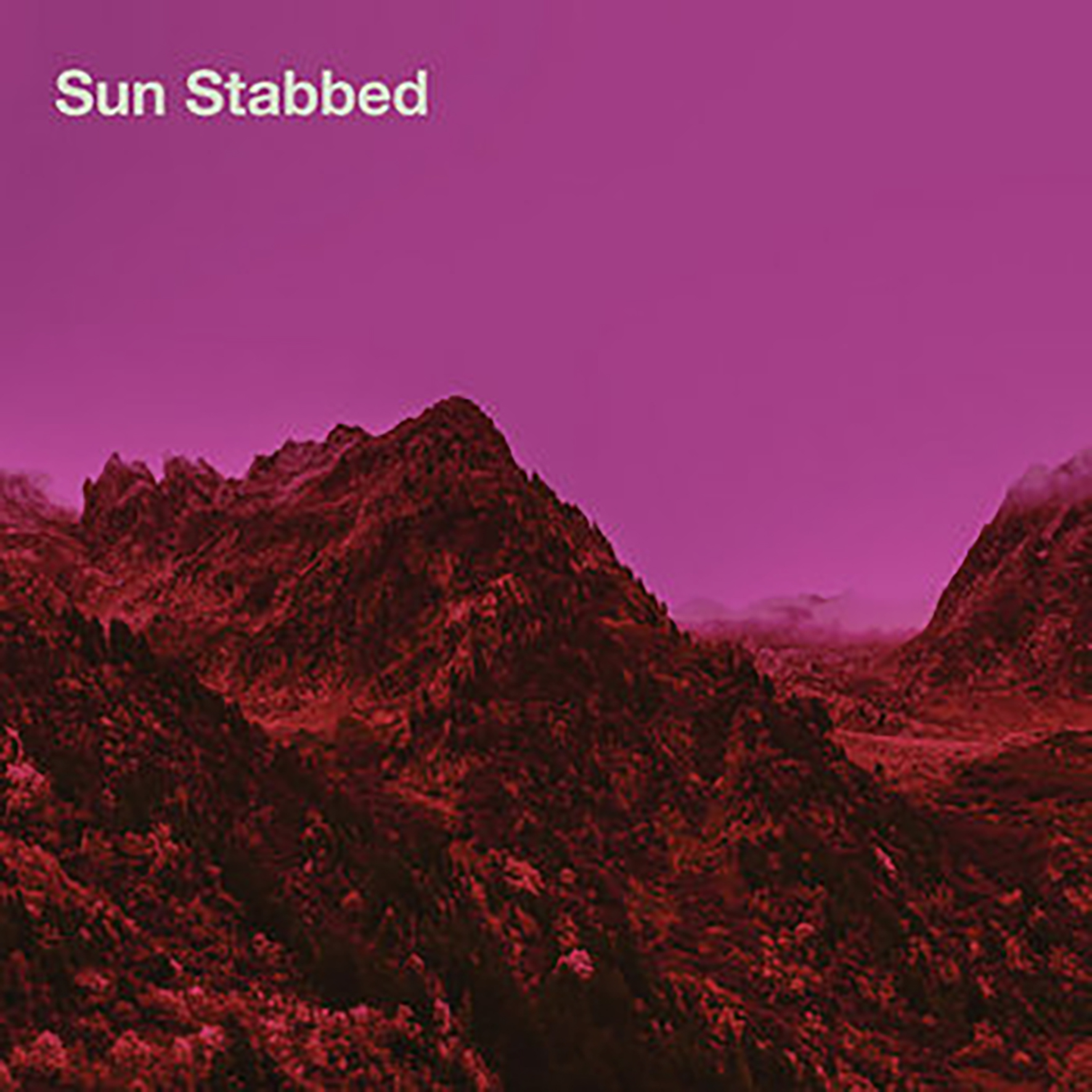

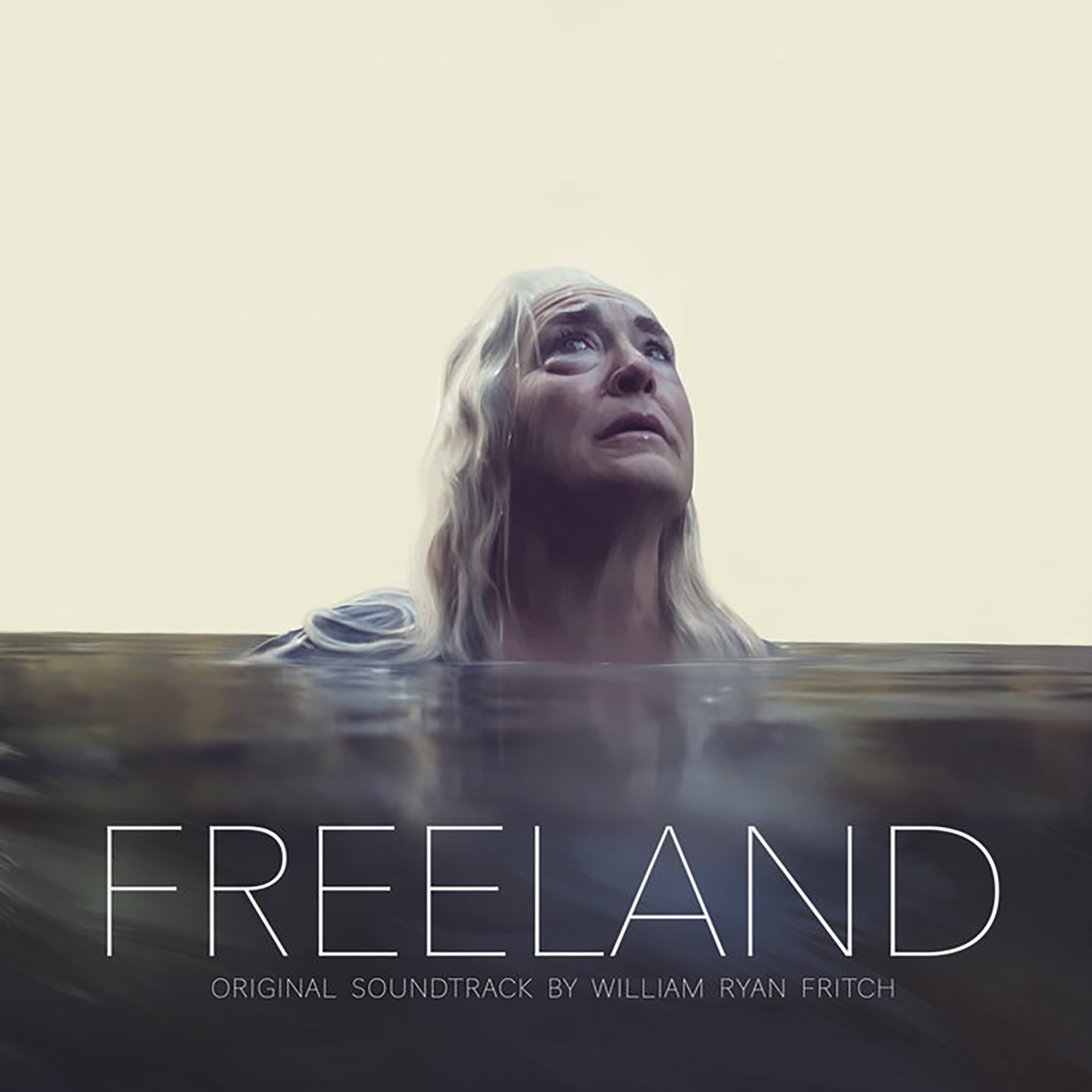 It seems like William Ryan Fritch has a new album coming out practically every other month these days and I dearly hope to catch up with his voluminous output someday, as that relentless work ethic does not seem like it has disrupted his near-supernatural hot streak one bit. This latest gem is one of his more high-profile recent releases, billed as a labor of love two years in the making. Normally, soundtrack albums are a bit of a red flag for me, as they are not generally intended to stand alone (by design), but some artists can transcend that restriction beautifully and conjure vivid sound worlds that are satisfying and complete experiences in their own right. Unsurprisingly, Fritch is one such artist and Freeland is an absorbing, inspired, and fitfully mesmerizing album. Granted, some of the strongest pieces are teasingly brief due to their intended context, but the heaving, shuddering, and fluttering rustic drones of pieces like "Devi’s Last Deal" and "The Old Commune" are haunting and memorable enough that I do not lament their brevity much, as I will happily take whatever glimpses of heaven I can get.
It seems like William Ryan Fritch has a new album coming out practically every other month these days and I dearly hope to catch up with his voluminous output someday, as that relentless work ethic does not seem like it has disrupted his near-supernatural hot streak one bit. This latest gem is one of his more high-profile recent releases, billed as a labor of love two years in the making. Normally, soundtrack albums are a bit of a red flag for me, as they are not generally intended to stand alone (by design), but some artists can transcend that restriction beautifully and conjure vivid sound worlds that are satisfying and complete experiences in their own right. Unsurprisingly, Fritch is one such artist and Freeland is an absorbing, inspired, and fitfully mesmerizing album. Granted, some of the strongest pieces are teasingly brief due to their intended context, but the heaving, shuddering, and fluttering rustic drones of pieces like "Devi’s Last Deal" and "The Old Commune" are haunting and memorable enough that I do not lament their brevity much, as I will happily take whatever glimpses of heaven I can get. It is unfortunate that this final album from Tomaga is being released in the shadow of Tom Relleen's untimely passing, as Intimate Immensity probably could have been the London duo's breakthrough release otherwise. I first became aware of the project through a combination of drummer Valentina Magaletti's many other appearances (Vanishing Twin, Raime, Helm, etc.) and stumbling upon Memory in Vivo Exposure while briefly obsessed with exotica-inspired ambiance. While I would not describe this latest album as particularly exotica-inspired for a Tomaga release, Relleen and Magaletti have always had a unique, eclectic, and constantly evolving off-beat vision, so there is no dearth of unusual juxtapositions and unexpected divergences among these ten songs. I suppose Vanishing Twin's Stereolab-esque aesthetic is as good a reference point as any, as the best songs here feel like the soundtrack of an arty European cult film from the '60s or '70s improved with subtle hallucinatory flourishes, exotic atmospheric touches, and muscular dub-wise grooves.
It is unfortunate that this final album from Tomaga is being released in the shadow of Tom Relleen's untimely passing, as Intimate Immensity probably could have been the London duo's breakthrough release otherwise. I first became aware of the project through a combination of drummer Valentina Magaletti's many other appearances (Vanishing Twin, Raime, Helm, etc.) and stumbling upon Memory in Vivo Exposure while briefly obsessed with exotica-inspired ambiance. While I would not describe this latest album as particularly exotica-inspired for a Tomaga release, Relleen and Magaletti have always had a unique, eclectic, and constantly evolving off-beat vision, so there is no dearth of unusual juxtapositions and unexpected divergences among these ten songs. I suppose Vanishing Twin's Stereolab-esque aesthetic is as good a reference point as any, as the best songs here feel like the soundtrack of an arty European cult film from the '60s or '70s improved with subtle hallucinatory flourishes, exotic atmospheric touches, and muscular dub-wise grooves.
